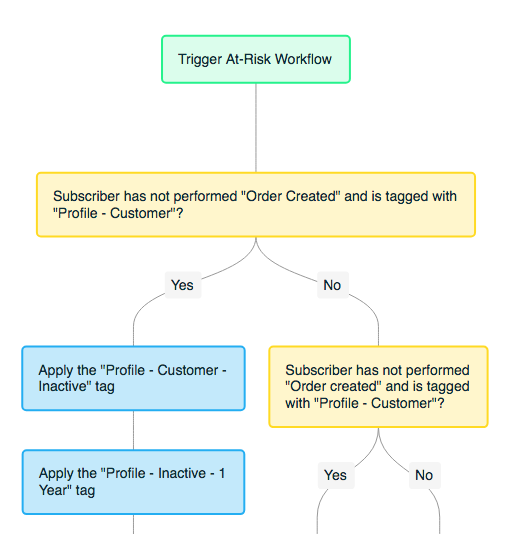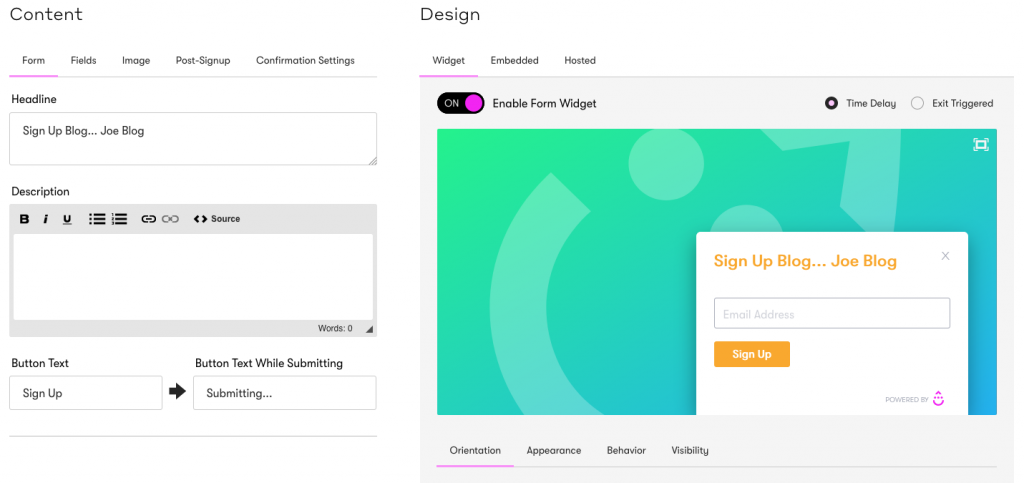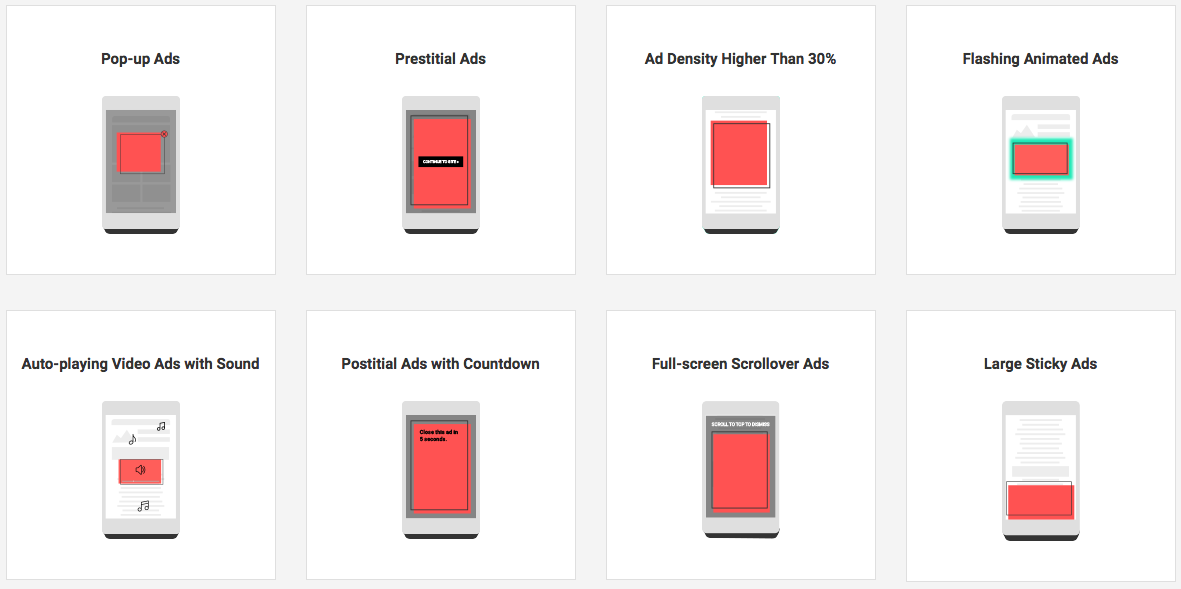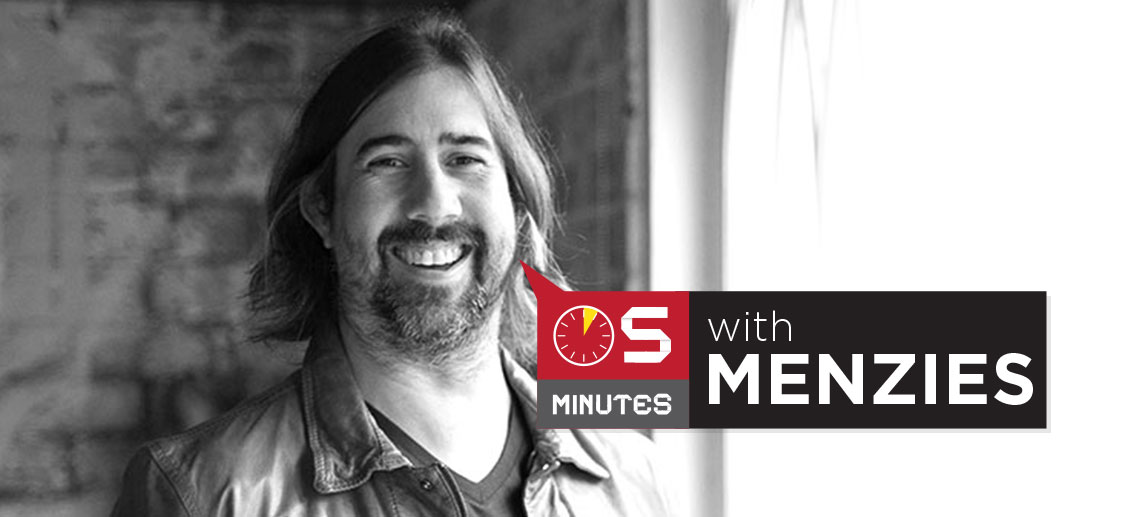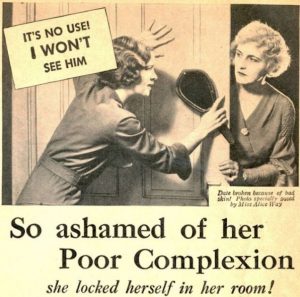We all want a constant stream of people viewing our site.
A constant stream is good but what we really want is a constant stream of high quality users, the kind that are interested in our offering and enquiring. Or better yet, converting then and there.
How do you go about building organic traffic to your website?
Let’s start with the stuff that is easy to fix.
I say easy because it’s stuff that most people can test and can go to you, or your local web development company, to fix.
Speed – I feel the need, the need for…
The speed of your website is paramount to rising up the rankings on search engines. If your site is slow, people will leave. Basically, we know that people are impatient, because if they clicked on your link from an organic search, they know that there are 4 million other results to read simply by hitting the back button. If your website is taking longer than 4 seconds (many suggest quicker, but us Aussies are a docile bunch comparatively) the user can get frustrated. Pingdom has done a great job of researching the correlation between the likelihood of a user bouncing as time goes by.
Things you can probably do in house:
- Optimise your images – If you have 2000px wide image in a 300px wide box you need to resize. It is just a waste and will not look any better.
- Redirects – If your landing page has a redirect, a browser has to execute that before it can start loading. If it then has to redirect to a mobile page such as m.domain.com (more on mobile sites later) well then it will have to execute that one as well.
Things that you might need help with are:
- Enable compression, optimising css, removing renderblocking JS and leveraging caching.
- Learn more about page speed with google here and test your speed with pingdom.
Mobile – Being mobile is the new agile
I mentioned mobile above, but it still bears repeating that if your website is not responsive yet, make it so. We know that mobile accounts for well over 50% of all searches, and search engines like to send their searchers to websites with a good experience for the operating system that is being searched on.
Good design is good
57% of people won’t recommend a business or brand with a poorly designed mobile site. Ouch! Imagine your shirt not being pressed being the reason you missed out on a new client. A bad user experience can quite easily cause lack of interest in your website. People won’t link to, and share, bad content.
Design is not just limited to the overall look of your site, it’s your individual pages as well. If you have a new page or blog entry, make sure it’s not just a mountain of text; make it easily consumable, some simple suggestions are headlines, bullet points…
hang on…
- headlines
- bullet points (yay)
- imagery (appropriate imagery)
- videos
- a readable font (size, colour and style)
- provide a CTA and sharing options
SEO – ESOteric or essential
SEO might seem like a bit of voodoo, but there are tried and true methods that can help boost your rankings, and in turn boost your traffic. SEO will help by making it easier for the engines to crawl your website, read your images, etc. but a good strategy will also help your website offsite by making sure there are no bad inbound links and create good high quality inbound links.
Keywords: this can be considered part of your SEO strategy or your content strategy, but once you have discovered who you are writing for (ideal customer/s) and what they are searching for, you will then have a pretty clear idea of what your keywords should be. Also spend some time on how you will use these in longtail search.
Influence the influencers
Speaking of inbound links, ask your favourite industry influencers to share your content. If it’s good, they will want to share it because it looks good on them to share good work. Ask nicely and engage them with why you think your content would work for their audience. No is the worst thing they can say.
You’re still reading? I haven’t scared you off yet? Well… the above was the easy part, and the ugly truth for why you might not be getting any traffic, is that your content is bad. There I said it… it had to be said…
Content is king
The more people like your article, the more they will want to share the article and things will just snowball from there. It’s hard… it takes time… and if you are not dedicated to the process, it’s pointless. Quality over quantity always!
Practice makes perfect – you won’t hit it out of the park on your first attempt, but then again you don’t have to publish your first attempt. Or you can publish it and learn from mistakes.
Writing copy that opens your brand up to new audiences and creating copy that will turn your leads into clients, isn’t something you can do half-heartedly. It’s a skill, and like any skill, it takes dedication to learn.
So what have we learned
The easy part – making your content as accessible to your targets as possible
The hard part – making your content creative, convincing, informative, entertaining, compelling.








